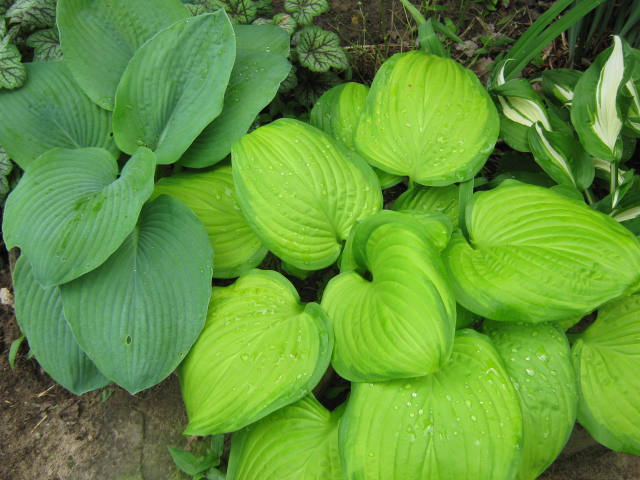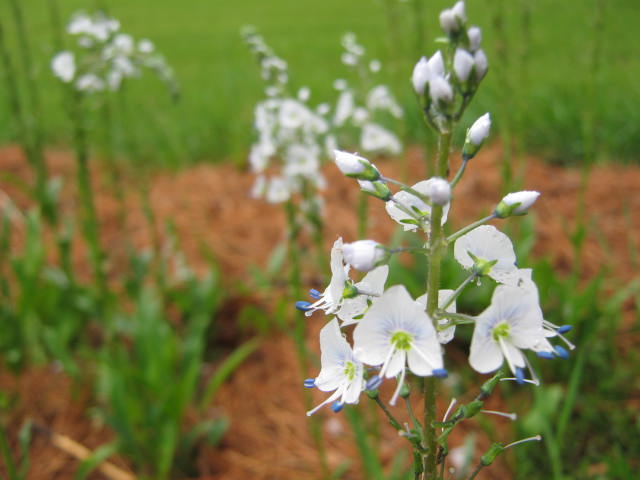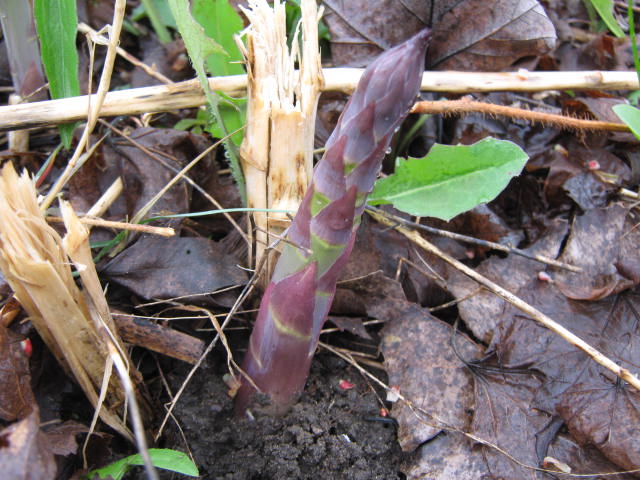If you are like me , you probably have had the experience of buying a plant from a catalog or garden center only to find out it wasn’t quite as wonderful as it looked in the picture. Of course, sometimes sellers tweak photos a bit to highlight the characteristics of a particular plant.
In the case of hostas however, the differences can be very real and not due to photo manipulation.
Many varieties of hostas require a cold period before they reach their full potential. New hostas are often grown in a greenhouse for the first year and may have not gotten enough exposure to cold temperatures. As a result, during the first year in your garden, they can look very different from a mature plant of the same variety.
Leaf color, texture, size and shape can all look different until the second spring. There are some varieties that require a few years growth before all their characteristics are evident.
Also, keep in mind that hostas are shade tolerant plants. Even though we see hostas planted in sunny areas all the time, they prefer to grow in areas where they are shaded from the hot afternoon sun. Full morning and evening sun exposure will allow hostas to develop properly.
In a year or two your new hosta will look as good as the one in the picture. I wish I could say the same about the shirts I buy.
Bob




